#菜粥
Explore tagged Tumblr posts
Text
Late breakfast came packed from the coffee shop near to our house. Mum had the Braised Duck Porridge (卤鸭粥) with braised peanuts, extra duck meat and no skin. The plain congee had a ladle of the dark fragrant braising sauce added to give it flavours.
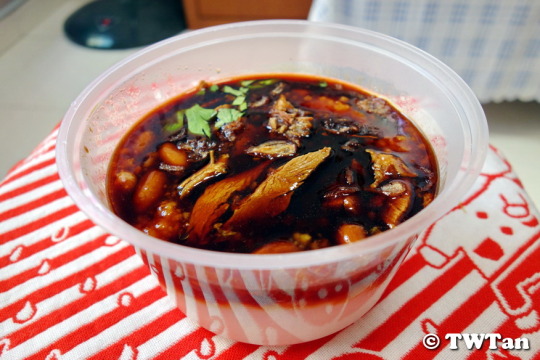
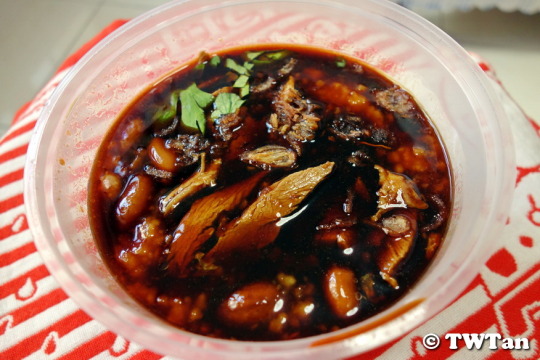
My Economy Rice (菜饭) box had a large braised pork belly taking up half the space with stewed eggplant (aubergine / brinjal) and sweet & sour pork taking up the rest of the box.
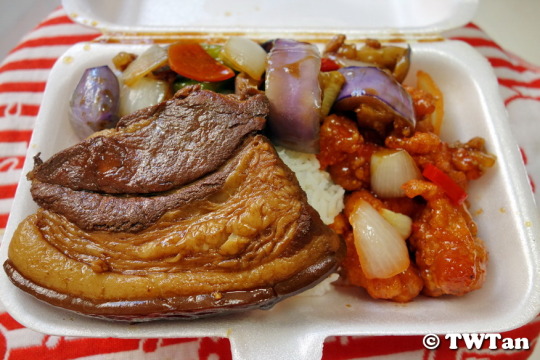
#Breakfast#Takeaway#Packed#Braised Duck Porridge#卤鸭粥#Five-Spice#五香#Congee#Duck Meat#Skinless#Braised Peanuts#Dark Soya Sauce#Economy Rice#菜饭#Braised Pork Belly#Stewed Eggplant#Aubergine#Brinjal#Sweet & Sour Pork#White Rice#Food#Buffetlicious
52 notes
·
View notes
Text

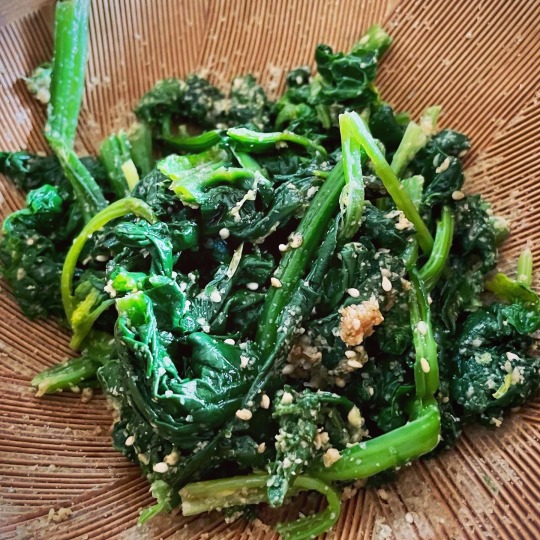

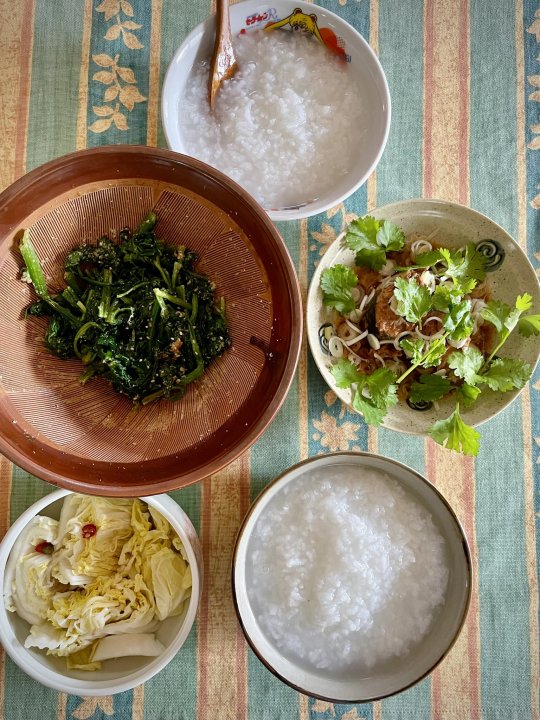
お粥さんとテキトーなおかず
6 notes
·
View notes
Photo

おはようございます。 秋田県湯沢市川連は、晴れております。 昨日は数年ぶりに、漆風呂の虫退治を一日行いました。 花塗りの天敵の小さな虫を、ガスバーナーで、漆風呂の中、回転風呂の中、冊板、棚棒、棚棒掛け、回転風呂用の板、その他漆風呂の中で使用する全ての諸道具を、バーナーで軽く炙り、拭き掃除(その他特殊道具は除菌)をし、仕上げにエアコンで部屋全体を強制暖房乾燥と、漆風呂内を布団乾燥機にて強制乾燥で一日が終了。 そして今朝のオラ家の朝ご飯は、川連漆器で七野菜粥⁉︎ 今日もアレヤコレヤと有りますが、一つ一つコツコツ頑張ります。 皆様にとって今日も、良い週末と成ります様に。 https://jujiro.base.ec #秋田県 #湯沢市 #川連漆器 #川連塗 #国指定伝統的工芸品 #伝統的工芸品 #伝統工芸 #秋田工芸 #秋田クラフト #秋田の物作り #秋田の物つくり #髹漆 #寿次郎 #仕事場掃除 #漆風呂掃除 #ガスバーナー #オラ飯 #オラ家の朝ごはん #川連漆器で七草粥 #川連漆器で七野菜粥 #七草粥 #七野菜粥 #七草 #七野菜 #七野菜リゾット #kawatsura #japanlaquer #JapanTraditionalCrafts #KawatsuraLacquerwareTraditionalCrafts #jujiro (秋田・川連塗 寿次郎) https://www.instagram.com/p/CnF1SP-BrBN/?igshid=NGJjMDIxMWI=
#秋田県#湯沢市#川連漆器#川連塗#国指定伝統的工芸品#伝統的工芸品#伝統工芸#秋田工芸#秋田クラフト#秋田の物作り#秋田の物つくり#髹漆#寿次郎#仕事場掃除#漆風呂掃除#ガスバーナー#オラ飯#オラ家の朝ごはん#川連漆器で七草粥#川連漆器で七野菜粥#七草粥#七野菜粥#七草#七野菜#七野菜リゾット#kawatsura#japanlaquer#japantraditionalcrafts#kawatsuralacquerwaretraditionalcrafts#jujiro
7 notes
·
View notes
Text
LOL
肯定我不是麥片,而是 「清粥」。且無色、無味以及最可悲的是無性慾… 🙄😁
📣 老闆,再來盤小菜 (男人) 。🤌 ps. 不必帥,但要他沒雞子的。 😎🤣 Lan~*
“That’s always seemed so ridiculous to me, that people want to be around someone because they’re pretty. It’s like picking your breakfeast cereals based on color instead of taste.”
— John Green, Paper Towns
285 notes
·
View notes
Text
台北中山|四平街 兄弟麵線 銅板價路邊攤美食 小資族的最愛
在最近什麼都上漲的時代,不知道你有沒有發現我們吃的三餐平均價格已來到$100初頭,甚至是$150也不足爲奇了。但在台北四平街有家兄弟麵線依然走銅板價路線,每次用餐時間總是有排隊人潮,為什麼這家兄弟麵線可以吸引這麼多人買來吃呢?到底他葫蘆裡賣什麼好吃的? #兄弟麵線 #四平街 兄弟麵線 #松江南京站 兄弟麵線 #兄弟麵線 CP值 #兄弟麵線 銅板價
在最近什麼都上漲的時代,不知道你有沒有發現我們吃的三餐平均價格已來到$100初頭,甚至是$150也不足爲奇了。但在台北四平街有家兄弟麵線依然走銅板價路線,每次用餐時間總是有排隊人潮,為什麼這家兄弟麵線可以吸引這麼多人買來吃呢?到底他葫蘆裡賣什麼好吃的? 兄弟麵線 地點:台北市中山區南京東路二段45弄1-3號 營業時間:週一~週五 11:30~13:30 週六、日公休 電話: 02 2507 2875 用餐方式:內用、外帶 付費方式:現金 每人平均價位:$45 值得推薦:OOOOO 兄弟麵線在哪裡? 兄弟麵線在捷運松江南京站步行大概2分鐘左右的路程就可以到達該店。 兄弟麵線…
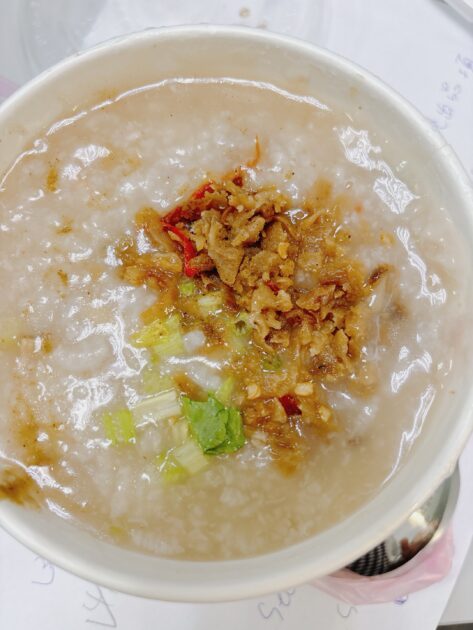
View On WordPress
#food#taipeifood#上班族美食#中山區 兄弟麵線#兄弟麵線#兄弟麵線 交通#兄弟麵線 油飯#兄弟麵線 芋頭粥#兄弟麵線 菜單#兄弟麵線 路邊攤#兄弟麵線 銅板價#兄弟麵線 雙拼#台北美食#台灣美食#四平街 兄弟麵線#四平街 芋頭粥#四平街 銅板價美食#外帶美食#平價#平價美食#松江南京站 兄弟麵線#美食#美食推薦#芋頭粥
0 notes
Text
2024/01/08 七草粥(1日遅い)

しかも朝ごはんですらないけども。(七草買ったのが、当日午後なので必然的にそうなる)
今回おかゆは久々に炊飯器で炊きました。七種の根菜部分をスライスして一緒に炊き上げました。一緒に控えめに塩してあります。炊いてる間に洗った他の七草をさっと湯がいて、水にとって絞ってざく切り。炊きあがったらざく切りの茹で七草をあわせて混ぜて出来上がり。1パックに0.5合でこのベストバランス。塩は足りなければ後で加えて混ぜて。
横のおかず皿(茹でブロッコリー 自家製サラダチキン 煮卵)は、茹で置きのブロッコリーと市販品の煮卵です。
サラダチキンはヤオコーの皮なし鶏むね肉スライスを調味して、フュージョンクッカーの加熱1で2時間火熱したものです。これはひとかたまり(おそらく鶏むね肉概ね一枚)の半分くらいを盛り付けたもの。カットしてあるので加熱後も食べやすいのです。調理時間は水から開始なので長めですが、多分時間はへらせるかな。
このパケの調味は、鶏むね肉ひとかたまりに大さじ1の塩麹。塩味はこのくらいでいいけど、つけてしばらくおいたほうが全体に馴染みそうなので次回は買ってきたら分包して漬けましょう。アイラップジェネリック(?)のヤオコーの袋は気軽に使えてリーズナブル。てか全然減りません🤣
0 notes
Text
【釜山順豆腐】萬華西門町韓式料理推薦美食.豆腐鍋.海鮮煎餅

View On WordPress
#人蔘雞湯#人蔘雞粥#台北西門町韓式料理#西門商圈 釜山順豆腐#西門町 韓式料理 推薦#西門町 韓式餐廳#西門町美食推薦#西門町銅板烤肉#西門町���式料理#西門町韓式料理2樓#西門町韓式料理初瓦#西門町韓式料理推薦#西門韓國料理#釜山順豆腐#釜山順豆腐 小菜#釜山順豆腐 訂位#釜山順豆腐海鮮煎餅#韓式料理 西門町
0 notes
Photo

朝粥 白菜、大根、椎茸のたまご粥。 #六分粥 #野菜と玉子の粥 #たまご粥 #朝食 #美味いよ https://www.instagram.com/p/CpdxEneSjBQ/?igshid=NGJjMDIxMWI=
0 notes
Photo
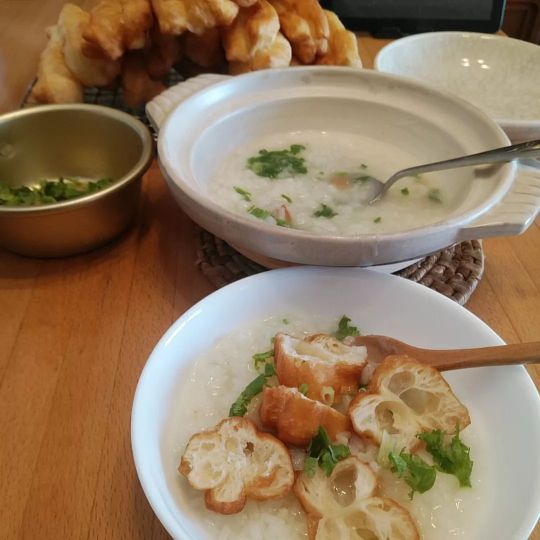
#干しエビ と #chickensoup のおかゆ #あげぱん #油条 は必須 #香菜 #七草粥 の日 https://www.instagram.com/p/CnGoSkRJNyS/?igshid=NGJjMDIxMWI=
0 notes
Photo

#清粥小菜 hits the spot after a night of drinking 😋 #latergram (at 萬華廟口清粥小菜) https://www.instagram.com/p/Cni7ZGOLLwn/?igshid=NGJjMDIxMWI=
0 notes
Photo
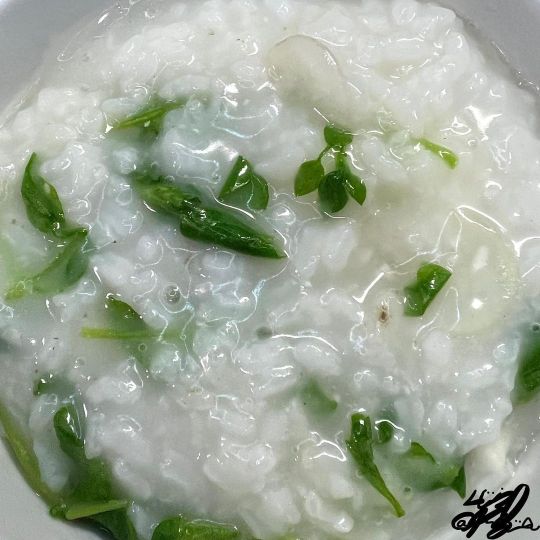
230107.晩御飯 (#晩御飯)。 #七草粥 #大根 #葱 #白菜 を #炊いたもの(#半熟卵乗せ) #おせち料理(#数の子 #竹輪)(#残り物を生かして) #ホワイトシチュー(#残り物を生かして) #くじらダイアリー #試行 【くじら】 https://www.instagram.com/p/CnONyhQrCpb/?igshid=NGJjMDIxMWI=
0 notes
Text
Breakfast came from the nearby coffee shop a couple of blocks down the street. Mum bought herself the Braised Duck Porridge (卤鸭粥) with extra duck meat and no skin. She gotten me the Vegetarian Rice (斋饭) takeaway with curry mock mutton & potato, Chinese mustard greens stir-fry (芥菜) and savoury imitation pork slices.
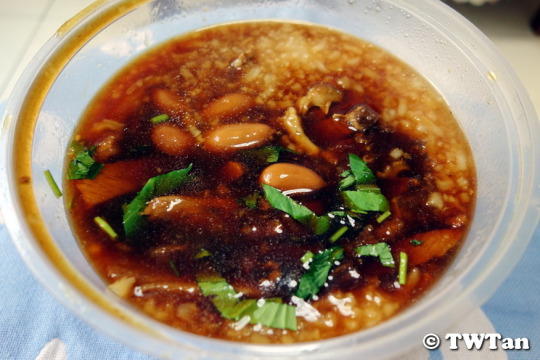

#Breakfast#Takeaway#Packed#Braised Duck Porridge#卤鸭粥#Braised Peanuts#Vegetarian Rice#斋饭#No Meat#Mock Meat#Imitation Pork#Curry#Mock Mutton#Potato#Spicy#Savoury#Sweet#Chinese Mustard Greens#芥菜#White Rice#Food#Buffetlicious
35 notes
·
View notes
Photo

朝は七草粥。 昼は暗殺者のパスタ作ってみました🍝 失敗要素としては 鷹の爪入れたら激辛過ぎて 美味しかったんだけれど 辛味が強過ぎた… 次回は一旦唐辛子なしでリベンジしてみようかな…笑 #ご飯 #朝ごはん #お昼ごはん #七草粥 #家 #パスタ #spaghettiallassassina #一汁三菜 #器 #うつわ #暮らしのこと #こどもとの暮らし #おうちごはん https://www.instagram.com/p/CnGYsT_yMi9/?igshid=NGJjMDIxMWI=
1 note
·
View note
Photo
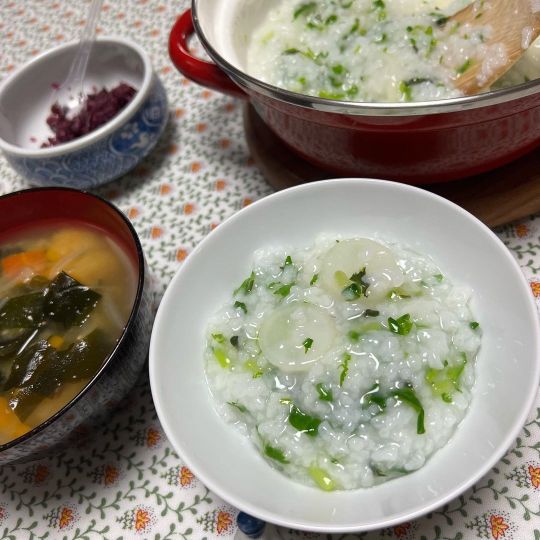
七草粥の朝餉でした。 おかゆもお米から炊くと、一段と美味しいです。 #七草粥 #春の七草 #人日の節句 #せり #なずな #ごぎょう #はこべら #ほとけのざ #すずな #すずしろ #お粥 #人の日 #無病息災 #若菜摘み #小寒 #芹乃栄 #せりすなわちさかう (Kyoto, Japón) https://www.instagram.com/p/CnGLRXqPCsO/?igshid=NGJjMDIxMWI=
1 note
·
View note
Text
Makochi Town Famous Shops Guide!!
Approved by Nii Satoru-sensei!

Saboten (Bakery) さぼてん
Popular items BEST3
1st Anpan
2nd Curry bread
3rd Yakisoba-pan
Regulars
Sakura - What he buys often: The curry bread is a recent favourite of his He was surprised when he ate one fresh out of the oven, and was hooked ever since.
Umemiya - What he buys often: Anpan It's been his favourite ever since he came to this town.




Tsukushi Butcher's Shop つくし精肉店
Popular items BEST3
1st Korokke
2nd Menchi-katsu [minced meat cutlet]
3rd Ebi-katsu [shrimp cutlet]
Regulars
Hiragi, Kaji - What he buys often: Korokke Because Hiragi-san treats me often (Kaji).




Kikuchi-ya (Japanese sweets shop) 菊地屋
Popular items BEST3
1st Dorayaki
2nd Mitarashi dango [see above picture]
3rd Warabimochi [1]
Regulars
Yanagida - What he buys often: Dorayaki He often goes to buy dorayaki to serve with tea at his parents' house.
Sakaki brothers - What they buy often: Warabimochi Warabimochi is just the best, right (Seiryu). I often go to accompany [2] Seiryu (Uryu).


1 Warabimochi (蕨餅) is a wagashi (Japanese confection) made from warabiko (bracken starch) and covered or dipped in kinako (sweet toasted soybean flour). Kuromitsu syrup is sometimes poured on top before serving as an added sweetener
2 「晴竜の付き添いでよく行くから」 - 付き添い can mean to accompany, attend, serve, wait on, attend to, assist

Café Pothos 喫茶店ポトス
Popular items BEST3
1st Omurice
2nd Handmade pudding
3rd Fully-packed egg sandwich
Regulars
Students of Furin - What they often order: Omurice The taste is excellent, and there's a discount for Furin students.



Muscle Power (Okonomiyaki [3] place) まっするぱわー
Popular items BEST3
1st Okonomiyaki that doesn't use flour
2nd Customized protein (banana & milk)
3rd Banana pound cake
Regulars
Tsugeura - What he often orders: Okonomiyaki that doesn't use flour It's nourishment for the muscles!

3 Okonomiyaki (お好み焼き) is a Japanese teppanyaki, savory pancake dish consisting of wheat flour batter and other ingredients (mixed, or as toppings) cooked on a teppan (flat griddle). Common additions include cabbage, meat, and seafood, and toppings include okonomiyaki sauce (made with Worcestershire sauce), aonori (dried seaweed flakes), katsuobushi (bonito flakes), Japanese mayonnaise, and pickled ginger.
[For the menu see the bonus at the end of chapter 32!]

Penpengusa (Monjayaki [4] place) ぺんぺん草
Popular items BEST3
1st Mentaiko mochi cheese monja
2nd Corn monja
3rd Seafood monja
Regulars
Anzai, Kurita, Kakiuchi, Takanashi - What they often order: Mentaiko mochi cheese monja It's delicious, and the restaurant is the perfect place for everyone to hang out! (Anzai)


[photos of before and after cooking for reference, not the ones mentioned in the rankings]
4 Monjayaki (もんじゃ焼き, often called simply "monja") is a type of Japanese pan-fried batter, popular in the Kantō region, similar to okonomiyaki, but using different liquid ingredients.
The ingredients in monjayaki are finely chopped and mixed into the batter before frying. Monjayaki batter has ingredients similar to okonomiyaki. However, additional dashi or water is added to the monjayaki batter mixture, making it runnier than okonomiyaki. The consistency of cooked monjayaki is comparable to melted cheese.
[BONUS TRIVIA]
Saboten - Cactus
Tsukushi - Horsetail
[Tsukushi (つくし) redirects to 杉菜 (スギナ sugina) on Wikipedia. Known as the field horsetail or common horsetail in English. The buds are eaten as a vegetable in Japan and Korea in spring.]
Kiku - Chrysanthemum
Pothos - ...Pothos
Penpengusa - Shepherd's purse
[Penpengusa (ぺんぺん草), or 薺 (なずな nazuna). Known as shepherd's purse in English. It is one of the ingredients of the symbolic dish consumed in the Japanese spring-time festival, Nanakusa-no-sekku.
The Festival of Seven Herbs or Nanakusa no sekku (Japanese: 七草の節句) is the long-standing Japanese custom of eating seven-herb rice porridge (七草粥, nanakusa-gayu, lit. "7 Herbs Rice-Congee") on January 7 (Jinjitsu); one of the Gosekku.]


[all extra information and photos from wikipedia]
[masterlist]
#wind breaker (satoru nii)#wind breaker character book#sakura haruka#umemiya hajime#hiragi toma#kaji ren#yanagida jien#sakaki twins#tachibana kotoha#tsugeura taiga#anzai masaki#wei translates#from the alleywei#i Must link a dozen wikipedia articles#fun section for writers/artists this time!#this took several hours (again)#thats bofurin done#shishitoren next! rest for one day (chp147 drops tomorrow!!)
114 notes
·
View notes
Text
萝卜's Beginner Guide to Sichuanese!
大家好!
Welcome to the first in an unofficial series of posts where I will share the (very large) amount of new vocab, cultural experiences, and topics that I was introduced to while spending ~5 weeks in China!
Today’s topic is: Sichuanese! 🌶️🌶️🌶️
I won’t pretend to be an expert in Sichuanese (yet, please chime in / add here if you are!), but I spent >50% of my time in the province while abroad which gave me lots of exposure. It certainly took me by surprise at the beginning! After about two weeks I started to get a better feel for it. Here’s some tips and vocab for getting started:
1. Get ready to hear 得 (“dei” pronunciation) just about everywhere, this is an essential character thrown around constantly. Most common are these three words:
要得 (yǎodei) – yes, good
没得 (módei) – no
晓得 (xiǎodei) – understand, aka 明白
Sometimes it also just randomly appears, for example 得行 (deixíng) has the exact same meaning as 行 (fine, okay)! You just gotta expect it.
2. The majority of Sichuanese people do not pronounce the “h” in sounds like “ch”, “sh”, “zh”. This makes it very tricky for a student (like me!) who still internally looks up lots of words, so any “s-” word could be a word that starts with “sh-” OR a word that just starts with “s-”. Some examples:
橙汁 (chéngzhī) as "cengzi"
这儿 (zhè’er) as “zer”
什么时候 (shénme shíhou) as “sazisihou”
是不是 (shìbùshì) as “sib’si” (with the u sound in “bu” typically omitted)
3. The “an” sound is pronounced as in the English word “can” (as opposed to the usual pronunciation which is a bit more like the “awn” sound in “yawn”). Combined with (2), this has the very cute effect of turning 吃饭 (chīfàn) into something more like “cifaan”, and is something you should expect to hear a lot in a province like Sichuan! Just be aware that this applies to every “an”-suffixed word and can sometimes totally change how you hear it. In many ways I feel like this feature makes it sound a bit reminiscent of American southern dialects.
4. There are a few other Sichuanese alternative pronunciations to be aware of:
“Hu” is often pronounced as “fu”, leading 护照 (hùzhào) to sound like “fuzao”, or 西湖 (Xīhú) as “xifu”
“R” sounds can sometimes be pronounced with a “y”, e.g. 容 (róng) as “yong”
Most tricky is that the flat 1st tone is very rare, and many characters simply have different tones than “Standard” Mandarin. As far as I can tell (and have read online), there isn’t really a systematic adjustment for this, it’s just how it is ¯\_(ツ)_/¯
5. Surprisingly, though Sichuan is a southern province, there are tons of erhua around! At least here, it seems like the 儿 ends up quite merged with the original word. Some examples I heard:
米粉 (mǐfěn) as “mifer” (extremely delicious breakfast option!)
老板 (lǎobǎn) as “laober”
没得 (módei) as “moder” (apparently extremely rarely heard though)
豆花 (dòuhuā) as “douhua’er” (quite common in northern Mandarin as well)
熊猫 (xióngmāo) as “xiongmer”
And finally, a few more Sichuanese specialties!
好(多)钱 - how much does it cost, aka 多少钱 (the 多 is sometimes omitted in quick speech)
啥子 (sázi) – what, based on the casual substitute word 啥 for 什么 (also often pronounced as sáza)
闹热 (nàorè) – lively, as opposed to the usual 热闹
可以 (kěyǐ), pronounced as as “kǒyǐ”
冒菜 (màocài) – a local variant of malatang (麻辣烫)
���手 (chāoshǒu) – (v) to fold arms up the sleeves; (四川) wonton, dumpling
稀饭 (xīfàn) – congee, 粥, literally "thin rice"
干饭 (gānfàn) – regular rice, 米饭, "dry rice" to distinguish from 稀饭
嘛 (ma) - often heard at the end of sentences, just a local sound! Not (as I understand it) generally associated with some of its other meanings (like impatience, stating the obvious, etc)
See you next time. 下次见!
#vocab#sichuan#sichuanese#sichuan dialect#mandarin#mandarin vocab#chinese language#mandarin chinese#chinese#language learning#chinese vocab#mandarin langblr#chinese langblr#langblr#chinese dialect
52 notes
·
View notes